Go Deep with Blue Foods
Blue Foods offer a promising solution to feeding the planet without exacerbating environmental damage. Sustainable wild fisheries, for instance, leave minimal carbon footprints, use little freshwater, and avoid artificial additives.
When we talk about climate change, food production and agriculture are often overlooked. Yet, they contribute significantly to greenhouse gas emissions, accounting for about 20-35% of the total. From land clearing to heavy water usage and chemical inputs, our food choices have a massive environmental footprint. However, there's hope in Blue Foods – fish, shellfish, and seaweed harvested sustainably from marine and freshwater sources.
Blue Foods offer a promising solution to feeding the planet without exacerbating environmental damage. Sustainable wild fisheries, for instance, leave minimal carbon footprints, use little freshwater, and avoid artificial additives. Choosing locally sourced, wild seafood not only supports healthier eating but also reduces transportation emissions. By prioritizing Blue Foods, we can make a significant positive impact on the environment while nourishing ourselves sustainably.
By choosing to eat local and Blue today, you are part of making a difference for a better tomorrow and beyond.
Read on to learn about the 4 easy ways you can lower your environmental footprint today, while enjoying delicious seafood.
Embrace the
wild side.
Did you know that wild fisheries have an incredibly low carbon footprint? Thanks to the natural balance of healthy marine ecosystems, Blue Foods sustain themselves without the need for artificial feeds, medications, or additives. Plus, they require no arable land, unlike traditional agriculture.
In Oregon, we're fortunate to have access to thriving coastal ecosystems and fisheries, offering excellent and abundant wild food sources with minimal environmental impact.
Fun fact:
Making a simple switch from meat to fish for one high meat-eater could save emissions equivalent to approximately 6,000 miles driven over a year! While we're not suggesting you swear off burgers entirely, incorporating wild and sustainably sourced seafood into your diet presents a fantastic opportunity to reduce your personal carbon footprint.
Some fish may fly, but we prefer ours not to.
When it comes to reducing personal carbon emissions, the best strategy is to avoid creating them altogether. Instead of buying seafood that travels long distances on high-emission planes or cargo ships, opt for locally caught seafood from the Oregon Coast.
At Local Ocean, much of the seafood in our fish market is brought in just a few feet from the docks, minimizing transportation emissions. By purchasing Oregon-caught seafood, you're not only supporting local fishermen and our regional fishing industry but also contributing to a more resilient and sustainable fisheries sector.
Good for your palette,
and good for the planet.
Are you looking to cut down on processed foods and hard-to-pronounce ingredients? Focusing on local seafood allows you to know exactly what's on your plate while supporting both your body and the planet.
Choosing local seafare reduces the number of people handling your food, which means less processing and storing. Plus, you'll discover new foods that don't typically make it into mass production. And here's a bonus: Blue Foods often require minimal cooking preparations, which can help reduce carbon emissions in the kitchen.
Opting for whole Blue Foods isn't just good for the environment; it's a win for your diet too. So, by leaning towards minimally processed options, you're not just lowering carbon emissions tied to food production but also steering towards a more sustainable and climate-friendly diet.
Less is more.
Less is more, especially when it comes to plastics. Many foods found in stores come with overly elaborate packaging, contributing to unnecessary and excessive environmental impacts, including carbon emissions from manufacturing and disposal.
Instead of buying something wrapped in plastic and then sealed with a heat-sealer and then put into a box to be shipped from another country, consider purchasing a whole fish wrapped in paper from your local fish market or grabbing some fresh Dungeness Crab and popping it directly into your cooler to take home.
By choosing to eat locally harvested, wild seafood you can do a solid for the planet, and nourish your body and brain. At Local Ocean, we make it easy to find and eat local Blue Foods.
Want to share this with a friend? Enjoy the first issue of the “Go Deep” campaign, a fun and informative ‘zine showcasing all the easy ways you can do your part for the planet! Check out the zine below!



